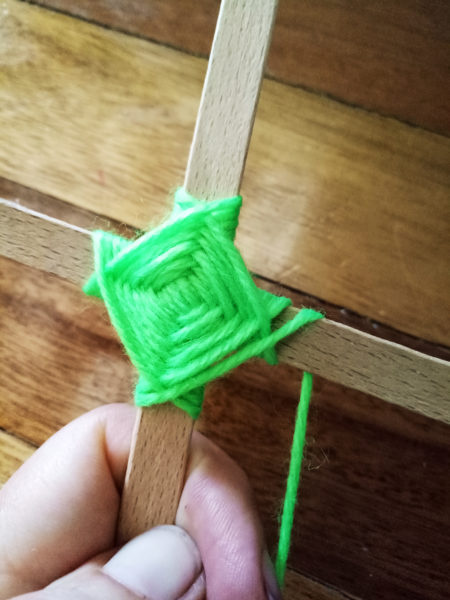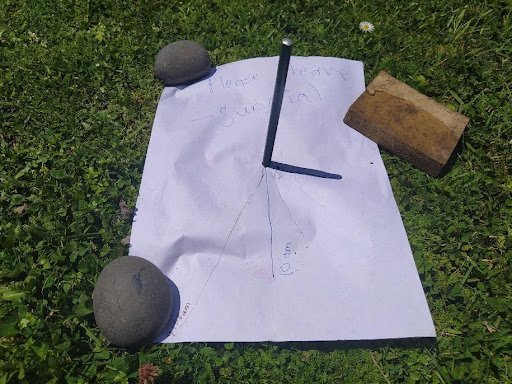Sat 18: Aquatic assassins
Today we go hunting for the creepy and crawler critters in our backyards and berms!

Below are some talking points and activities to pass the time, all relating to today’s story.
Talking points
Discuss the ideas presented in the video with your family—at home or over video conferencing. Find ways to involve as many people as possible, especially those who you know are isolated by the lock-down.
- Did you know that New Zealand has around 2,000 different types of spiders? How many different spiders do you think you have seen around your place? Have you seen different types of webs? What do they look like?
- The fishing spiders in the photos are hairy beasts. Are you surprised by what these spiders look like? Do you think they’re cute or horrible? Do they look like any kind of science fiction creature or remind you of anything else from movies, cartoons etc? If you gave them a cartoon voice and personality, what would it be?
- Most Dolomedes spiders don’t spin webs, instead putting their feet on the water to detect the tremors caused by moving prey. Then they are able to run across the water to fetch the prey. What do you think of this hunting method? What could be a “down side” to hunting like this?
- The writer (who is a scientist) enjoyed feeding a female Dolomedes a moth and watching her eat it and clean herself. Would you find it interesting to hand-feed a spider and watch it eating for half an hour? Could you try this at home? What might you see if you did?
- What do you think of the set-up at the writer’s flat, with 16 paddling pools full of fishing spiders for her research? Do you think this seems like an interesting and fun job? She was finding out whether crowded conditions affected the spider’s rate of cannibalism—how might she have set up the different paddling pools to investigate this?
Task—Spider web hunt
Go around your house and garden and find as many spider webs as you can. What kind of styles of webs do you find? People are usually aware of the orb spider’s web, which radiates around a central point, but spiders are diverse and creative. You might even find one in some unexpected places, such as this one on the underside of a leaf.

Get Creative: Weave a “God’s Eye”
- Take two sticks (from the garden, or ice-block sticks) and position them in a cross shape.
- If you’re using ice-block sticks, you can put a bit of blue-tack or glue between them to hold them in position – helpful but not necessary.
- Bind them into a cross shape by winding wool diagonally in about six loops, then diagonally the other way in about six loops.

- Now you have sticks pointing North, South, East and West. Weave from one to another on a diagonal, bringing the wool around the back of each stick before going on to the next diagonal. Rotate it in your hand as you weave.

- Change colours after a while simply by tying a new piece of wool to the other one.
- When you have nearly covered your sticks, wind the wool a few times around each stick to secure it, and tie it off at the back. Leave some wool to hang it if you want to.

















